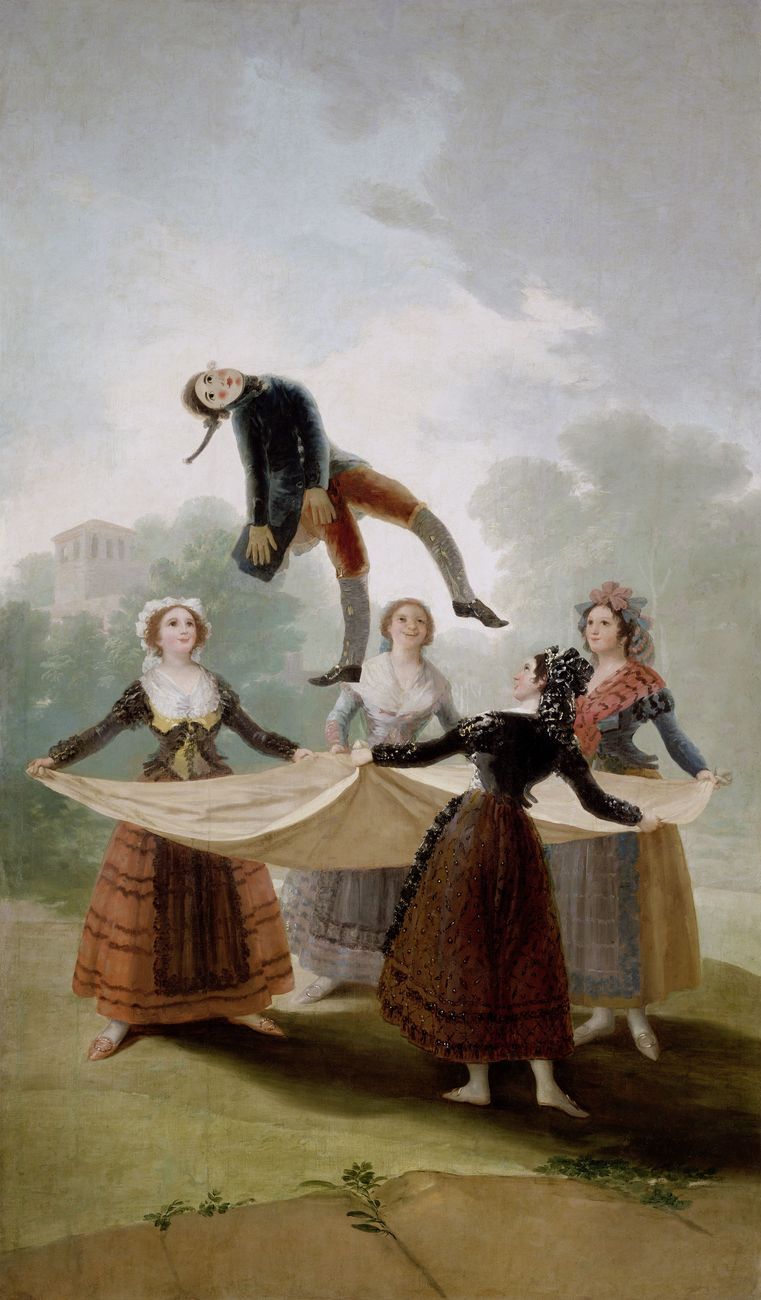Music from beyond (or how to deal with a musical forgery)
DOI:
https://doi.org/10.54103/2240-9599/20100Abstract
Rosemary Brown (1916-2001), a housewife from South-London, was one of the most famous mediums of her time. Throughout her lifetime, famous composers such as Liszt, Beethoven, Schubert, Debussy and Chopin sought her from the realm of the dead to dictate their posthumous compositions. Brown’s ‘received’ musical pieces became a case study for musicians and psychologists. None, however, ever came up with a convincing explanation for the pieces’ existence. Rather than being a story of sheer madness or clairvoyance, in this paper I read Brown’s musical forgeries as a ‘testament’ to twentieth‐century Western culture’s fascination with originality and the cult of genius. Ideologies of authorship and authenticity shape our aesthetic appreciation, so that music’s essential value is for us more than just ‘sounding good’. Drawing on recent philosophical discussion in aesthetics, I question this cultural framework by scrutinizing the concept of artistic creativity. It is because art is a form of creative achievement that history and provenance count as central factors of our evaluation. This, in turn, may reveal us something about the value of musical forgeries.



